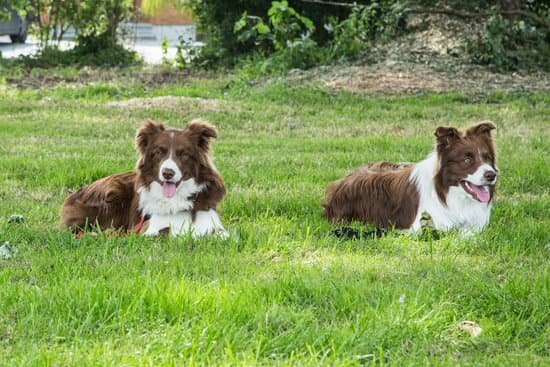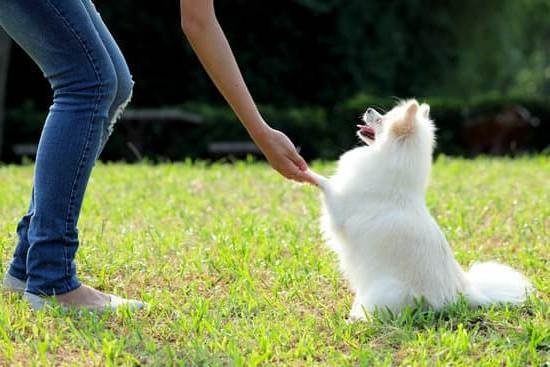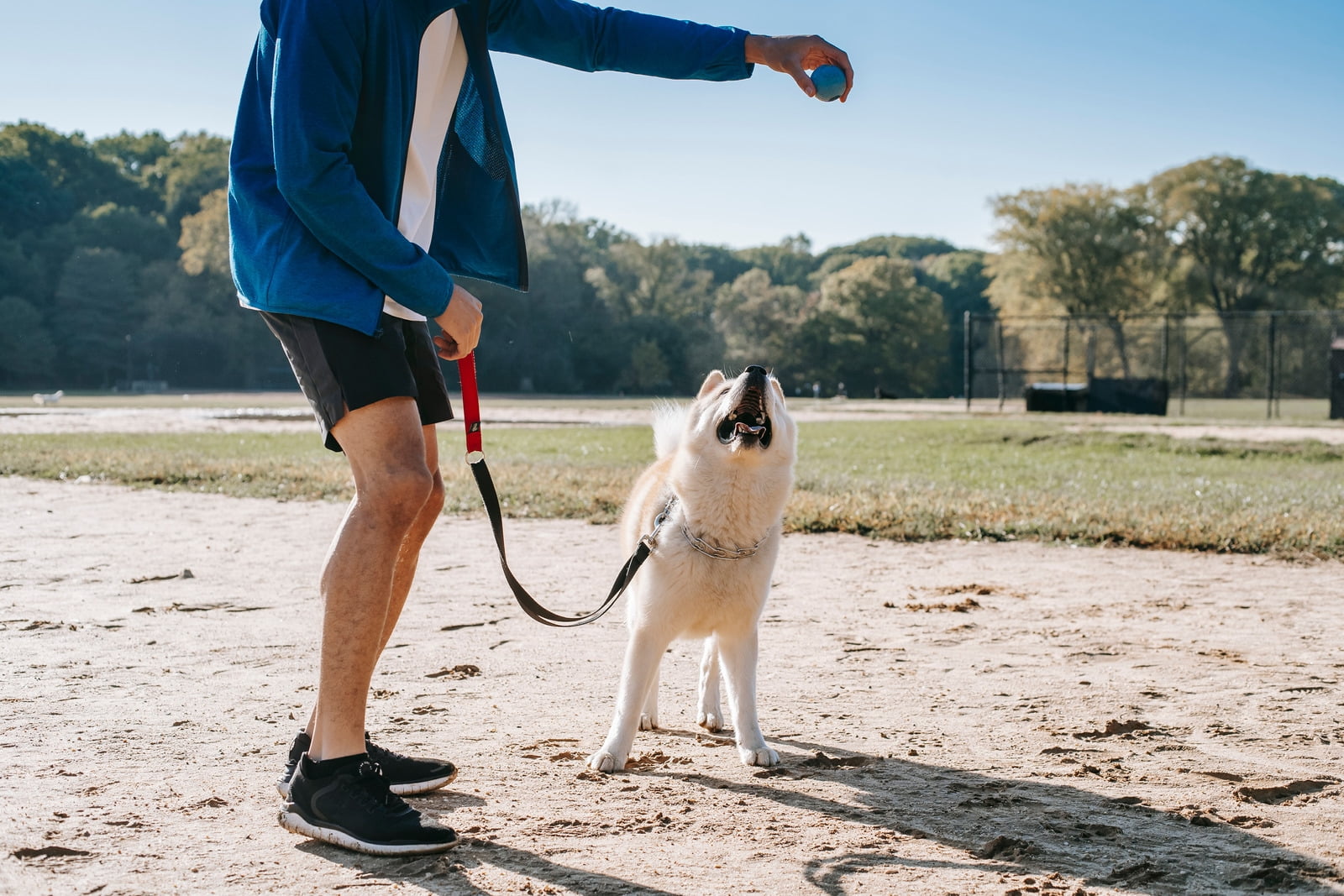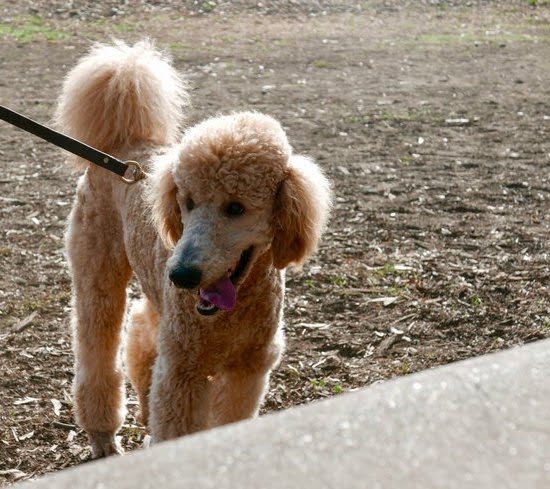Training a 3-year-old dog can be a challenging but rewarding experience for pet owners. Many people wonder if it is possible to teach an older dog new tricks, and the answer is yes, you can train a 3-year-old dog with the right approach and techniques. In this article, we will explore the key considerations and strategies for training a dog that has reached adulthood.
Assessing your dog’s behavior and temperament is crucial before embarking on any training program. Understanding your 3-year-old dog’s personality, habits, and history will help you tailor your training approach to suit their specific needs. Building trust and bonding with your canine companion is essential in establishing a strong relationship, which forms the foundation for successful training.
Patience and consistency are paramount when training an older dog. It may take more time for a 3-year-old dog to learn new commands or behaviors compared to a younger puppy, but with perseverance and regular practice, progress can be made. In the following sections, we will delve into various aspects of training a 3-year-old dog, including basic obedience training, addressing behavior issues, advanced techniques, and the importance of positive reinforcement.
Assessing Your Dog’s Behavior and Temperament
Before beginning any training program for your 3-year-old dog, it is important to assess their behavior and temperament. This will help you understand their personality and tailor your training methods to suit their individual needs. It is essential to remember that older dogs can be set in their ways, so patience and understanding are crucial during this process.
One key consideration before training your 3-year-old dog is to observe how they interact with other animals, people, and their environment. Take note of any behaviors that may require special attention, such as aggression, fearfulness, or excessive barking. Understanding these behaviors will help you address them effectively during the training process.
Another important aspect to consider is your dog’s energy levels and exercise needs. Some 3-year-old dogs may have high energy levels and require more physical activity, while others may be more laid back. Tailoring their training program to include sufficient physical and mental stimulation can help ensure a successful training experience.
In addition, assessing your dog’s past experiences and any potential trauma they may have encountered can also provide valuable insights into their behavior. This will help you approach training with empathy and understanding, creating a positive environment for both you and your dog. By taking the time to thoroughly assess your dog’s behavior and temperament before training, you can ensure a more effective and rewarding experience for both you and your furry companion.
| Consideration | Impact on Training |
|---|---|
| Behavior with other animals & people | Understanding socialization needs |
| Energy levels & exercise needs | Tailoring training for physical activity |
| Past experiences & trauma | Approaching training with empathy |
Building Trust and Bonding
Building a strong relationship with your 3 year old dog is crucial in training and shaping their behavior. Here are some key tips for establishing trust and bonding with your furry friend:
1. Spend quality time together: Take the time to engage in activities that your dog enjoys, such as playing, going for walks, or simply lounging together. Spending quality time together can help strengthen the bond between you and your dog.
2. Establish routines: Dogs thrive on routine, so creating a consistent schedule for meals, walks, and playtime can help your dog feel secure and build trust in you as their caregiver.
3. Use positive reinforcement: When training or working on obedience with your 3 year old dog, be sure to use positive reinforcement techniques such as treats, praise, and rewards. This will help your dog associate good behavior with positive outcomes and strengthen their bond with you as their trainer.
By taking the time to build trust and bonding with your 3 year old dog, you can lay a solid foundation for successful training and a fulfilling relationship with your furry companion. Remember that patience and consistency are key when building a strong connection with an older dog.
Overall, while training an older dog may present its challenges, it is definitely possible to teach them new tricks and behaviors with the right approach and dedication. Patience is key when building trust and bonding with your 3 year old dog.
Patience and Consistency
Training a 3-year-old dog can be a challenging but rewarding experience. Older dogs may have established habits and behaviors that can be difficult to change, but with patience and consistency, it is definitely possible to train them effectively.
Understanding the Challenges
Older dogs may have developed certain habits or behaviors that could be rooted in their past experiences or lack of training. It’s important to understand that these ingrained habits may take longer to change compared to training a younger dog. The key is to be patient and understanding as you work with your 3-year-old dog.
Consistency Is Key
Consistency is crucial when it comes to training an older dog. It’s important to establish clear rules and routines for your pet, and make sure that everyone in the household follows them consistently. This will help your dog understand what is expected of them and make it easier for them to learn new behaviors.
Setting Realistic Expectations
It’s important for dog owners to set realistic expectations when training a 3-year-old dog. While older dogs can still learn new things, it may take more time and effort compared to training a puppy. Understanding this and being patient with the process can lead to successful training outcomes.
Overall, while training a 3-year-old dog may present some challenges, with patience, consistency, and realistic expectations, it is definitely possible to train them effectively.
Basic Obedience Training
When it comes to training a 3 year old dog, it can be challenging but certainly not impossible. With the right approach, patience, and consistency, you can train your older dog to learn new commands and improve their manners. Here are some key considerations and techniques for basic obedience training:
- Assess Your Dog’s Current Level of Obedience: Before you begin training, it’s important to evaluate your dog’s current level of obedience. Take note of any commands they already know, as well as any behavioral issues that may need to be addressed.
- Establish Clear Communication: Effective communication is essential when teaching your 3 year old dog new commands. Use clear, consistent verbal cues and hand signals to help them understand what is expected of them.
- Use Positive Reinforcement: Positive reinforcement is a powerful tool for encouraging good behavior in older dogs. Whenever your dog successfully follows a command, be sure to reward them with treats, praise, or playtime.
Additionally, it’s important to keep training sessions short and enjoyable for your older dog. Long training sessions can lead to boredom and frustration, so aim for multiple short sessions throughout the day. With patience and dedication, you can make significant progress in teaching your 3 year old dog new commands and improving their overall behavior.
Remember that each dog is different, so it’s important to tailor your training approach to suit your pet’s unique personality and learning style. By investing time and effort into basic obedience training, you can strengthen the bond with your older dog while also helping them become a well-behaved member of the family.
Addressing Behavior Issues
Understanding Unwanted Behaviors
When it comes to training a 3 year old dog, it’s important to address any unwanted behaviors they may have developed over the years. Common issues include jumping, barking, pulling on the leash, and even aggression towards other dogs or humans. Understanding why these behaviors occur is crucial in addressing them effectively.
Identifying Triggers and Patterns
Before you can begin training your 3 year old dog to overcome their unwanted behaviors, it’s essential to identify the triggers and patterns that lead to these actions. For example, if your dog tends to bark excessively when visitors arrive at the door, understanding this trigger will allow you to develop a targeted training plan to address this behavior. By observing your dog’s reactions in different situations, you can gain insight into what causes their unwanted behaviors.
Positive Reinforcement and Redirecting Behavior
One of the most effective ways to address unwanted behaviors in older dogs is through positive reinforcement and redirection. Instead of punishing your dog for their actions, focus on rewarding them when they display the desired behavior.
For example, if your dog tends to jump on people when greeting them, teach them to sit instead and reward them with treats or praise when they do so. Consistency in using positive reinforcement techniques can lead to significant improvements in your 3 year old dog’s behavior.
By addressing unwanted behaviors in a positive and consistent manner, you
Advanced Training Techniques
While it’s true that older dogs can be more challenging to train than puppies, it is definitely possible to teach a 3 year old dog new tricks and behaviors. In fact, many older dogs are just as capable of learning as younger ones, and they can often bring a level of maturity and focus to the training process.
When it comes to advanced training techniques for your 3 year old dog, there are several methods you can use to go beyond the basics and further develop your dog’s skills and abilities.
One useful advanced training technique is agility training, which involves teaching your dog to navigate through obstacle courses, jump over hurdles, weave through poles, and more. This not only provides physical exercise for your dog but also helps improve their coordination, focus, and responsiveness to commands. Additionally, agility training can strengthen the bond between you and your dog as you work together to master the course.
Another advanced training technique that can benefit older dogs is scent detection training. This type of training utilizes your dog’s incredible sense of smell to search for specific scents or objects. Scent detection training can be both mentally stimulating and physically tiring for your dog, making it an ideal way to keep them engaged and challenged. Plus, it taps into their natural instincts and provides an outlet for their energy in a constructive manner.
Finally, advanced obedience training such as off-leash control or advanced obedience commands like “heel,” “place,” or “stay” take your dog’s obedience skills to the next level. These types of commands require a high level of focus and discipline from your 3 year old dog but can greatly enhance their overall behavior and responsiveness in various situations.
Below Is an Example of How This Data Will Look in an HTML Table
| Advanced Training Techniques | Benefits |
|---|---|
| Agility Training | Improves coordination, focus, and responsiveness |
| Scent Detection Training | Mentally stimulating and physically tiring |
| Advanced Obedience Training | Enhances overall behavior and responsiveness |
The Importance of Positive Reinforcement
Positive reinforcement is a highly effective method for training dogs of all ages, including 3-year-old dogs. Using rewards such as treats, praise, and toys can help motivate your dog to learn new behaviors and commands. This approach focuses on rewarding the desired behavior, rather than punishing or correcting unwanted behaviors, which can create a more positive and enjoyable training experience for both you and your dog.
When using positive reinforcement to train your 3-year-old dog, it’s important to choose rewards that are highly motivating for your pet. This could be their favorite treat, a special toy, or even verbal praise and affection. By identifying what truly motivates your dog, you can use those rewards to encourage good behavior and facilitate successful training sessions.
In addition to providing immediate rewards for desired behaviors, it’s also important to gradually reduce the frequency of treats or rewards as your 3-year-old dog becomes more consistent in their behavior. This process is known as “fading the lure,” where the reward is given less frequently until the behavior becomes ingrained and no longer requires a treat every time.
This helps ensure that your dog is not solely reliant on treats for obedience but rather learns to obey commands out of habit and desire to please you.
Conclusion
Training a 3 year old dog may come with its own set of challenges, but the rewards of investing time and effort into the process are immeasurable. By understanding your dog’s behavior and temperament, building trust and establishing a strong bond, and being patient and consistent, you can successfully train an older dog.
It’s important to remember that while basic obedience training is essential, addressing behavior issues and employing advanced training techniques can help elevate your 3 year old dog’s skills to new heights.
The journey of training a 3 year old dog is not always smooth sailing, but the fulfilling bond that develops between you and your furry companion is well worth the effort. With patience and consistency, unwanted behaviors can be addressed effectively while teaching commands and manners becomes a rewarding experience for both you and your dog. By utilizing positive reinforcement techniques such as rewards and praise, you can motivate your 3 year old dog to continue learning and growing.
In conclusion, while it may require more effort to train an older dog, the joy of witnessing their progress and transformation makes it all worthwhile. The fulfilling journey of training a 3 year old dog will not only lead to a well-behaved pet but also strengthen the bond between you two. So yes, you can indeed train a 3 year old dog with dedication, patience, and love.
Frequently Asked Questions
Is a 3 Year Old Dog Hard to Train?
Training a 3 year old dog can be more challenging than training a younger dog, as they may have already developed some undesirable behaviors. However, with patience, consistency, and positive reinforcement, it is still possible to train them effectively.
How Long Will It Take to Train a 3 Year Old Dog?
The time it takes to train a 3 year old dog will vary depending on the individual dog’s personality, previous training experiences, and the consistency of training. It could take several weeks to several months to see significant improvements in their behavior.
How Do I Teach My 3 Year Old Dog Obedience?
Teaching obedience to a 3 year old dog requires starting with basic commands such as sit, stay, come, and leash walking. Using positive reinforcement such as treats or praise when they obey commands will help reinforce good behavior. Consistency and patience are key in teaching obedience to an older dog.

Welcome to the blog! I am a professional dog trainer and have been working with dogs for many years. In this blog, I will be discussing various topics related to dog training, including tips, tricks, and advice. I hope you find this information helpful and informative. Thanks for reading!





